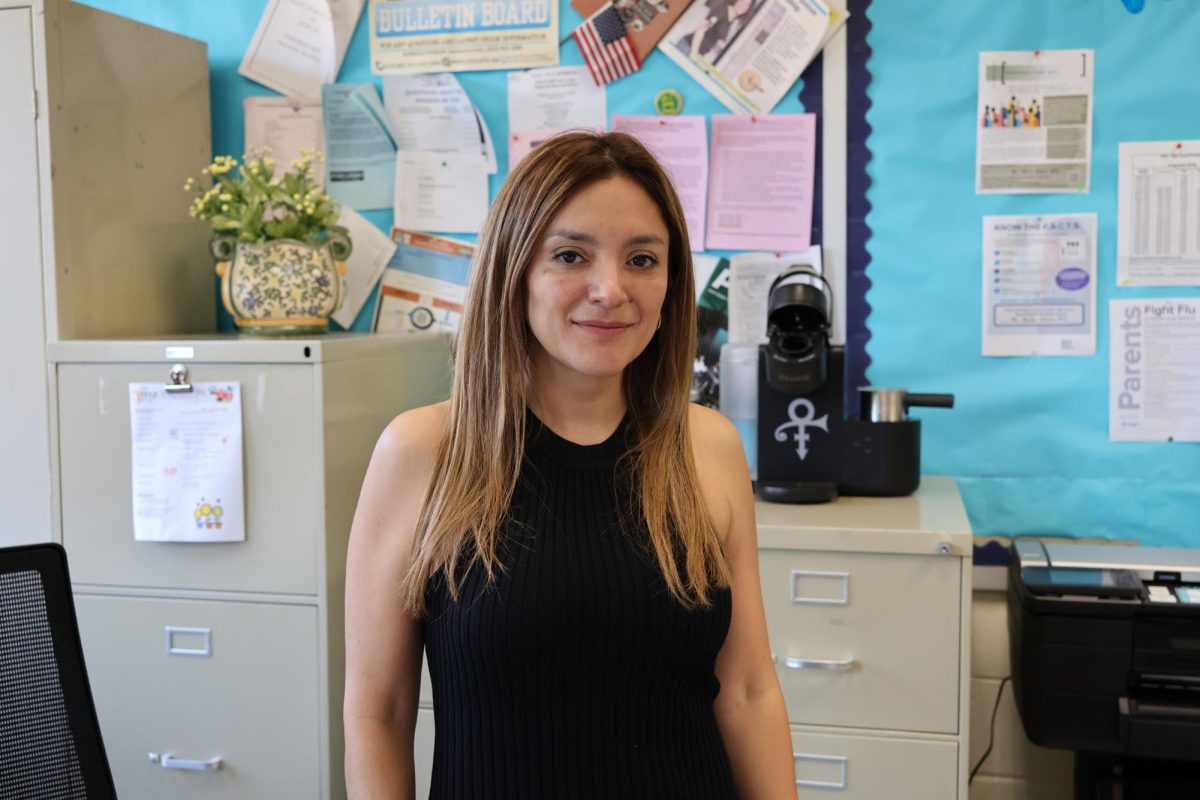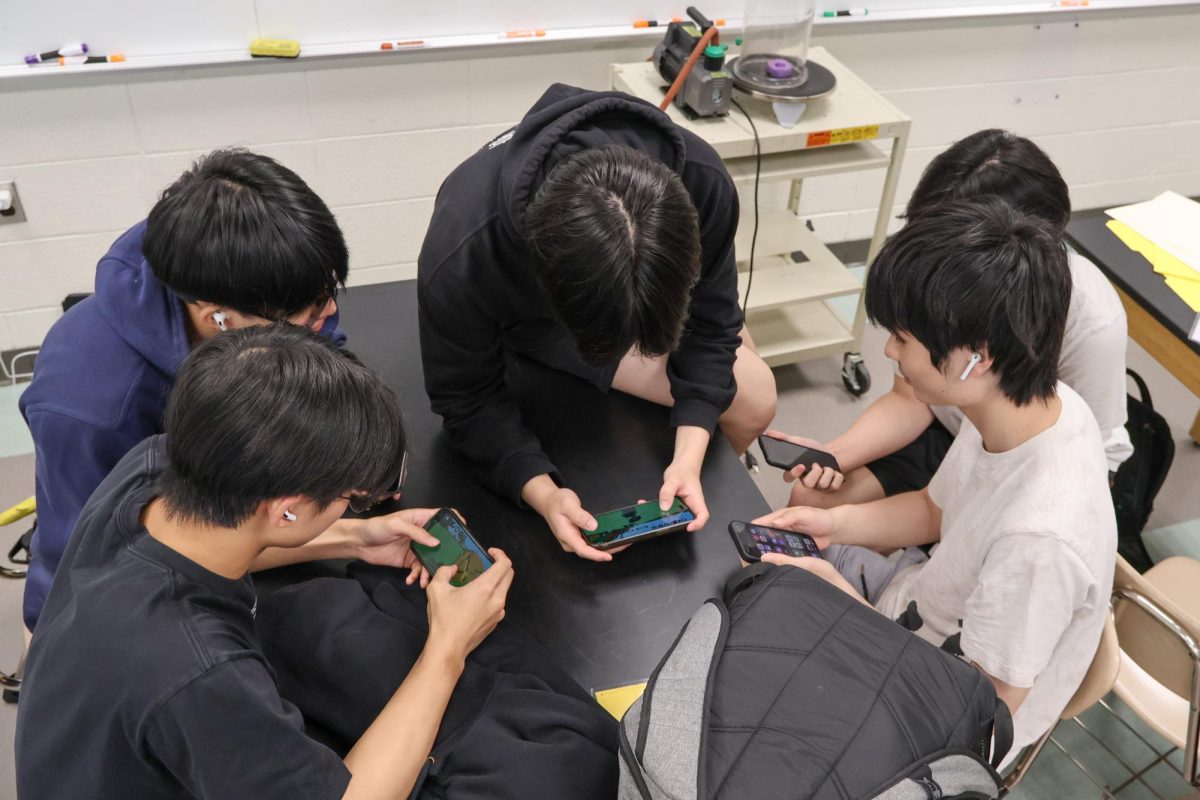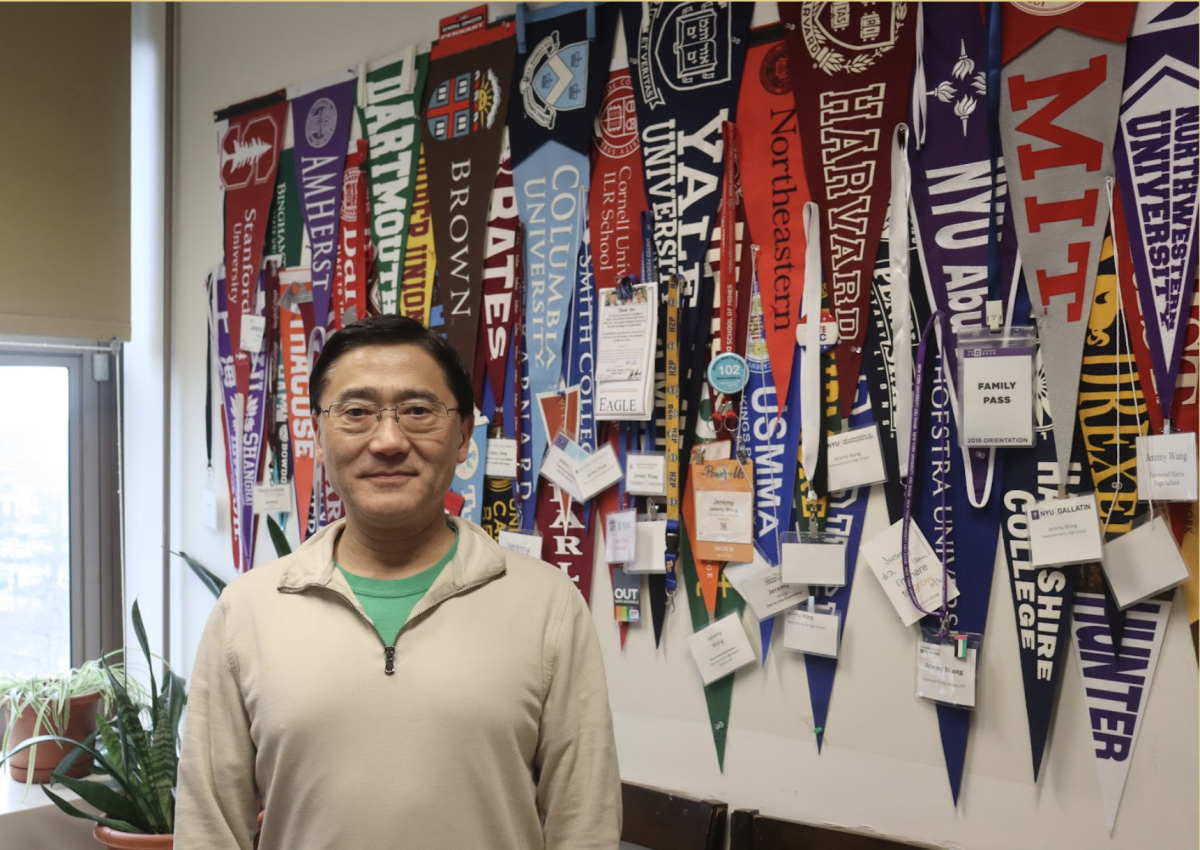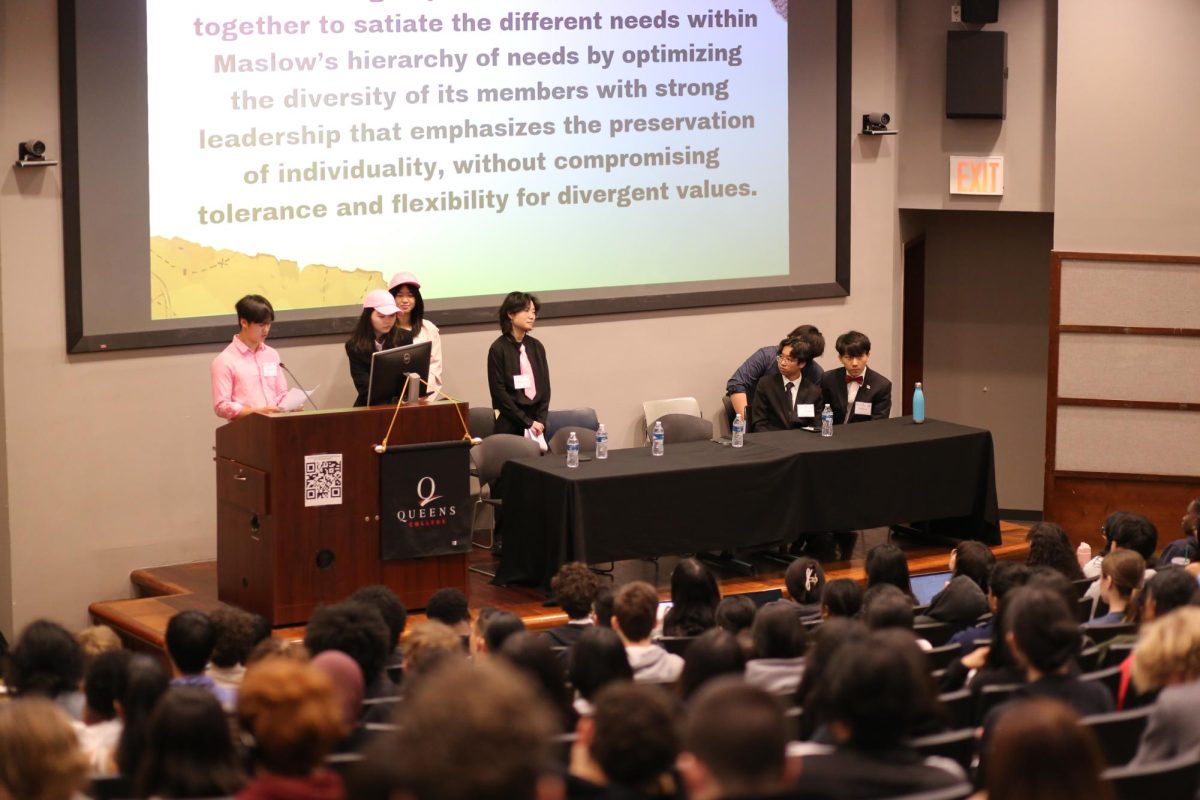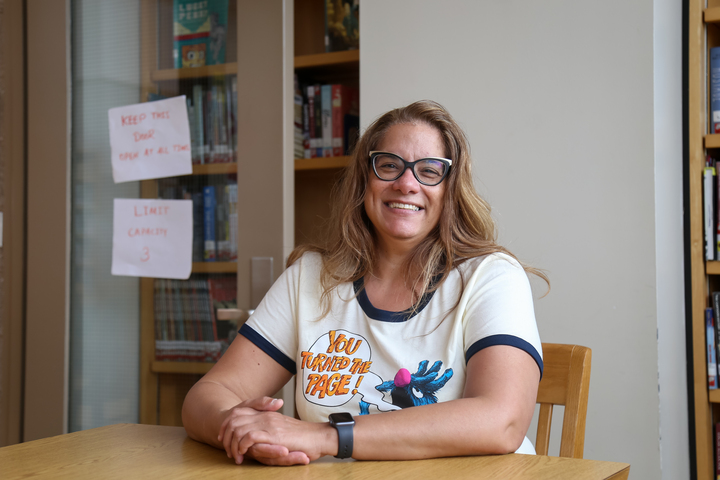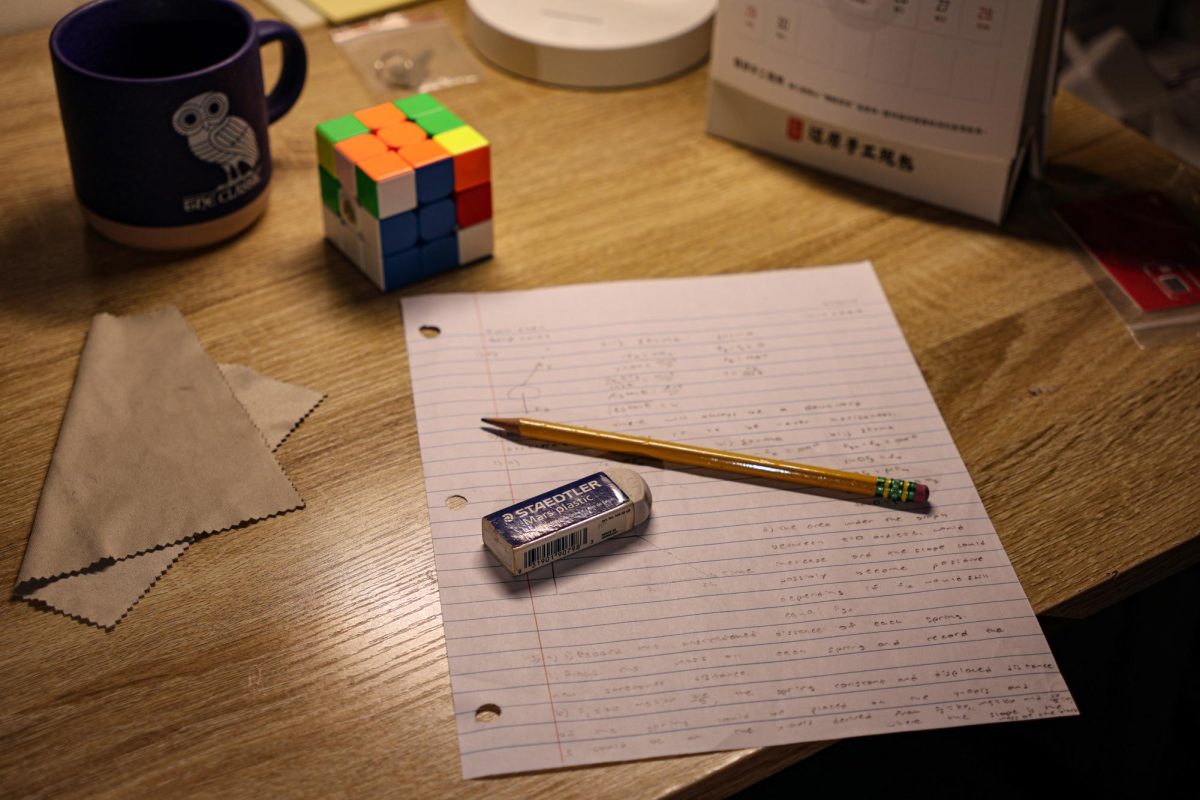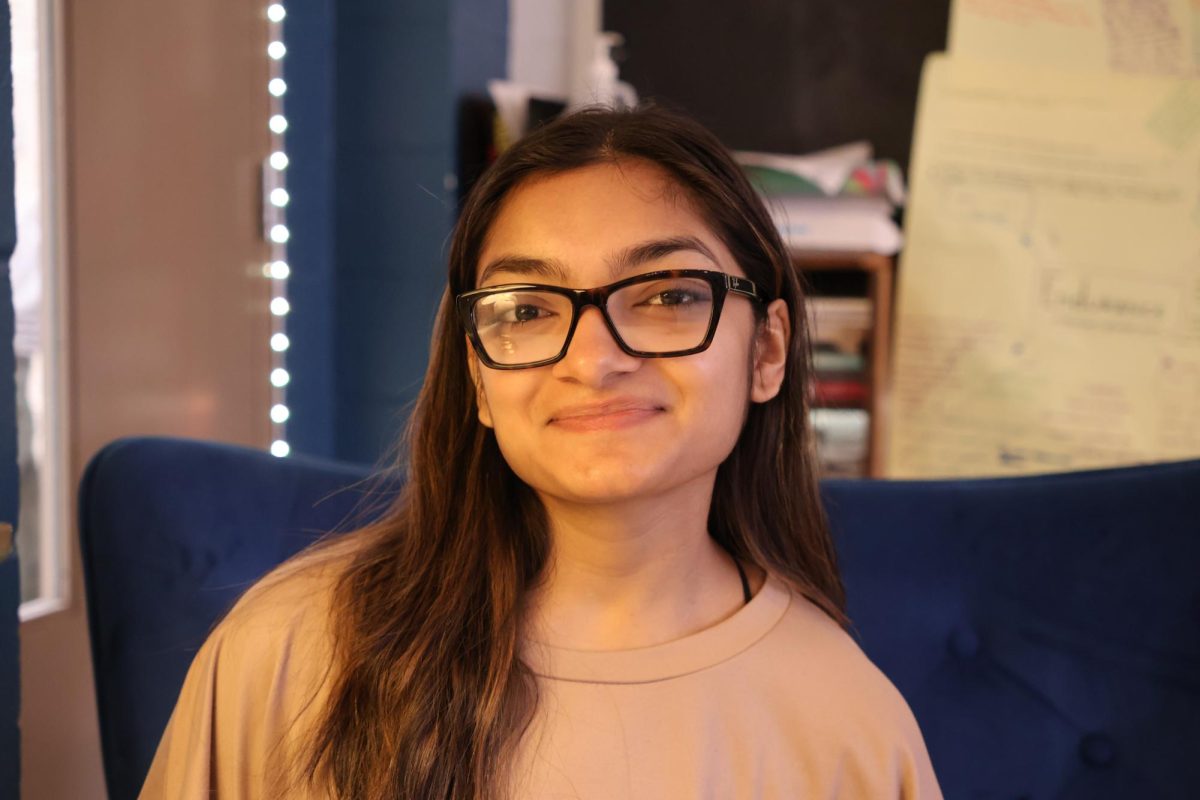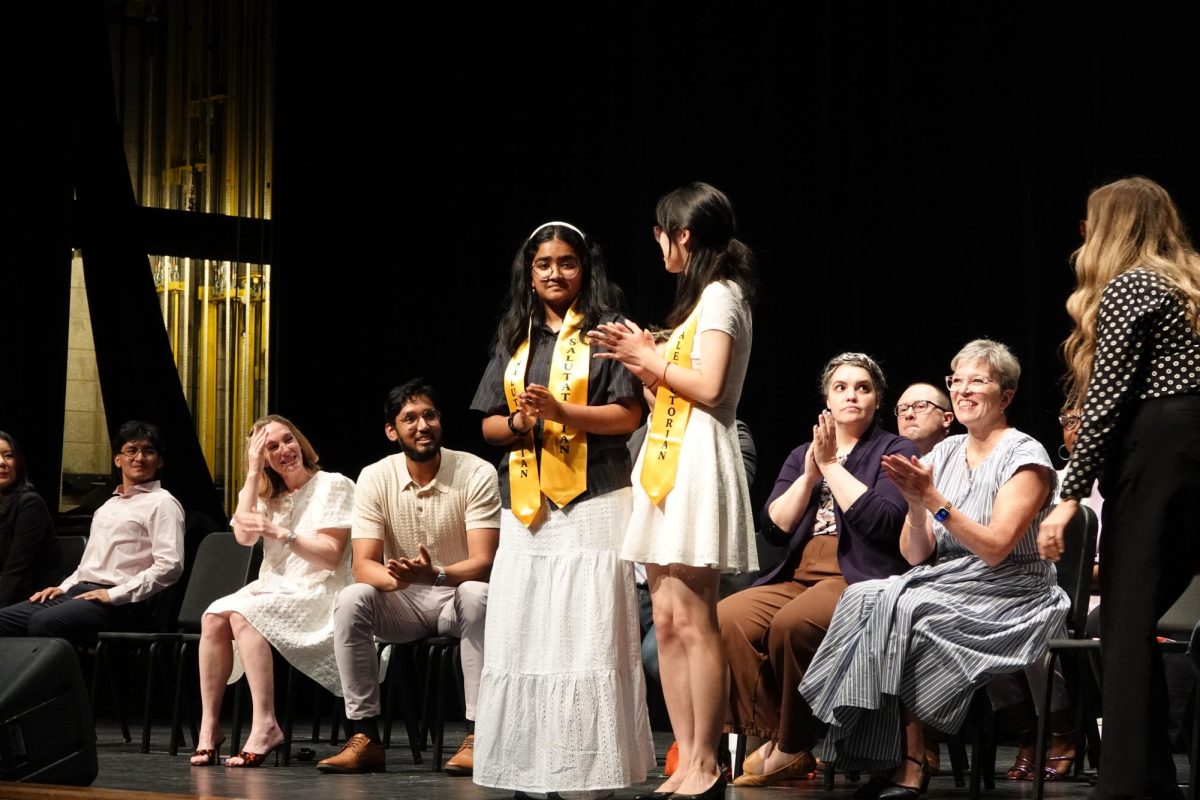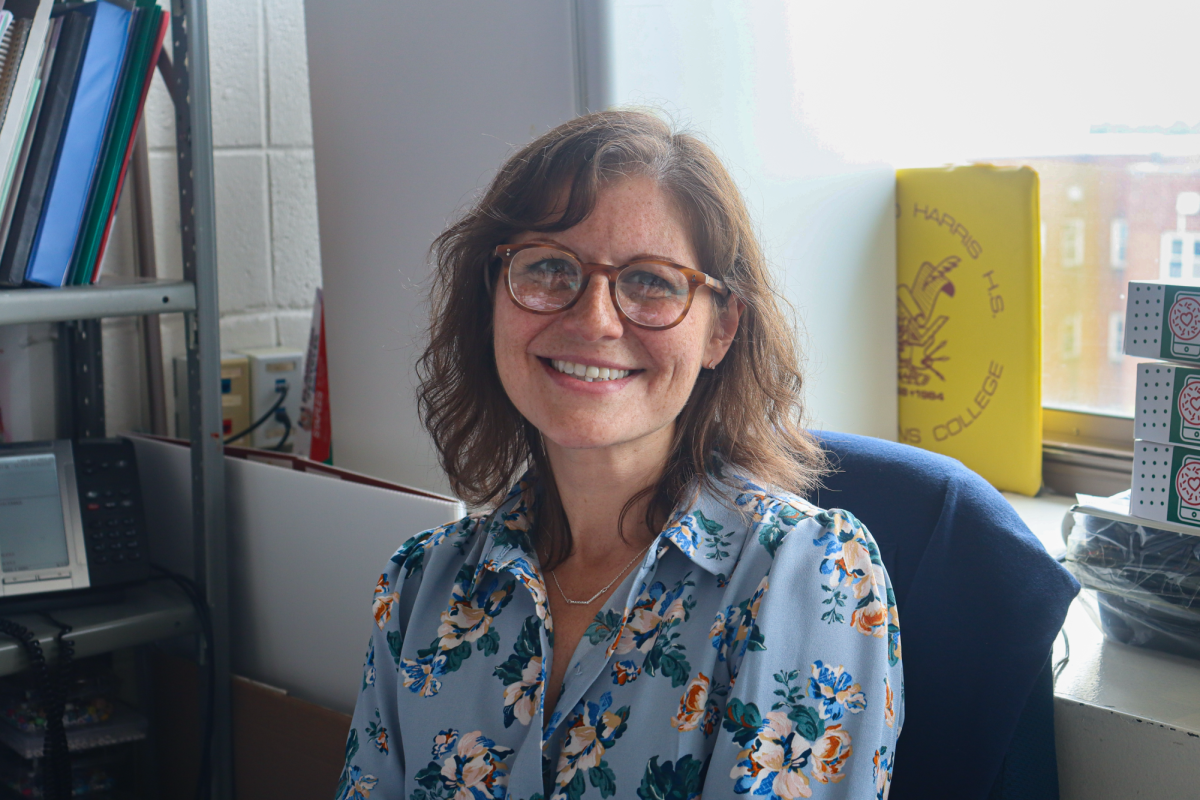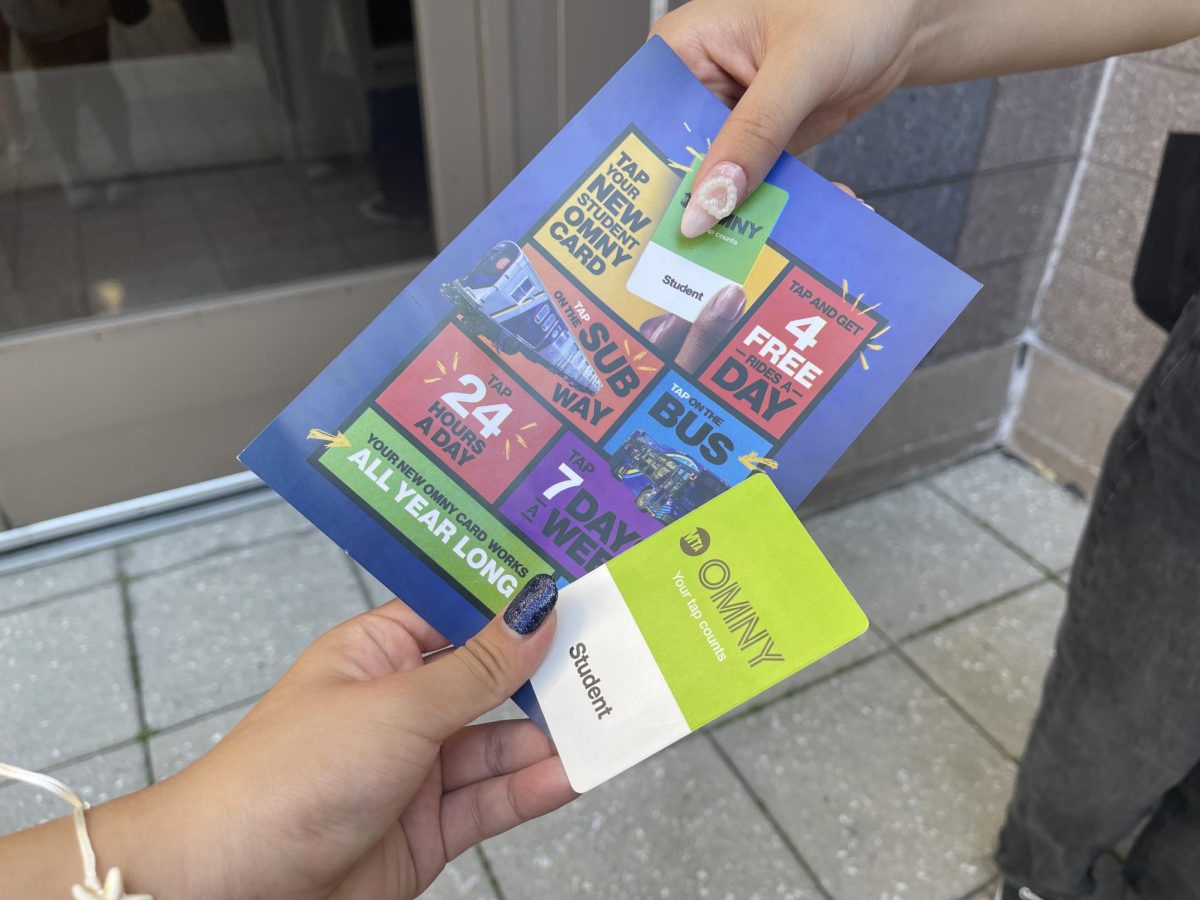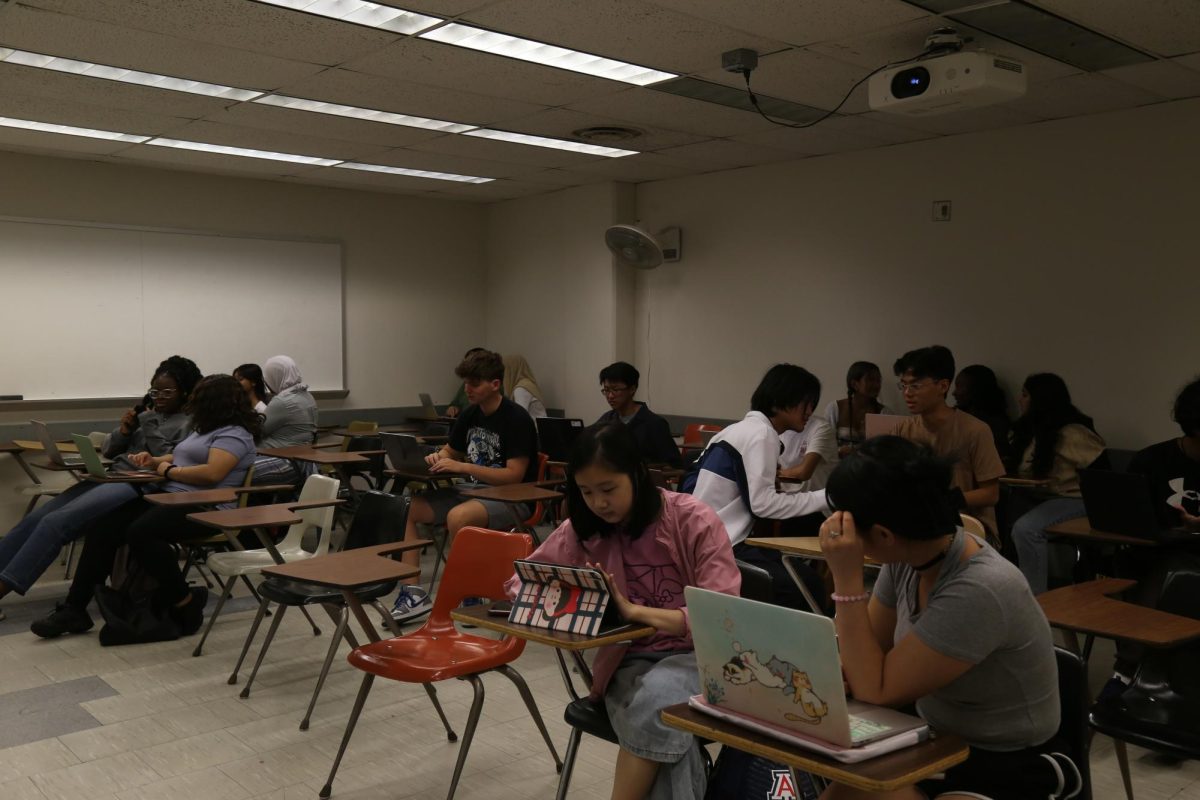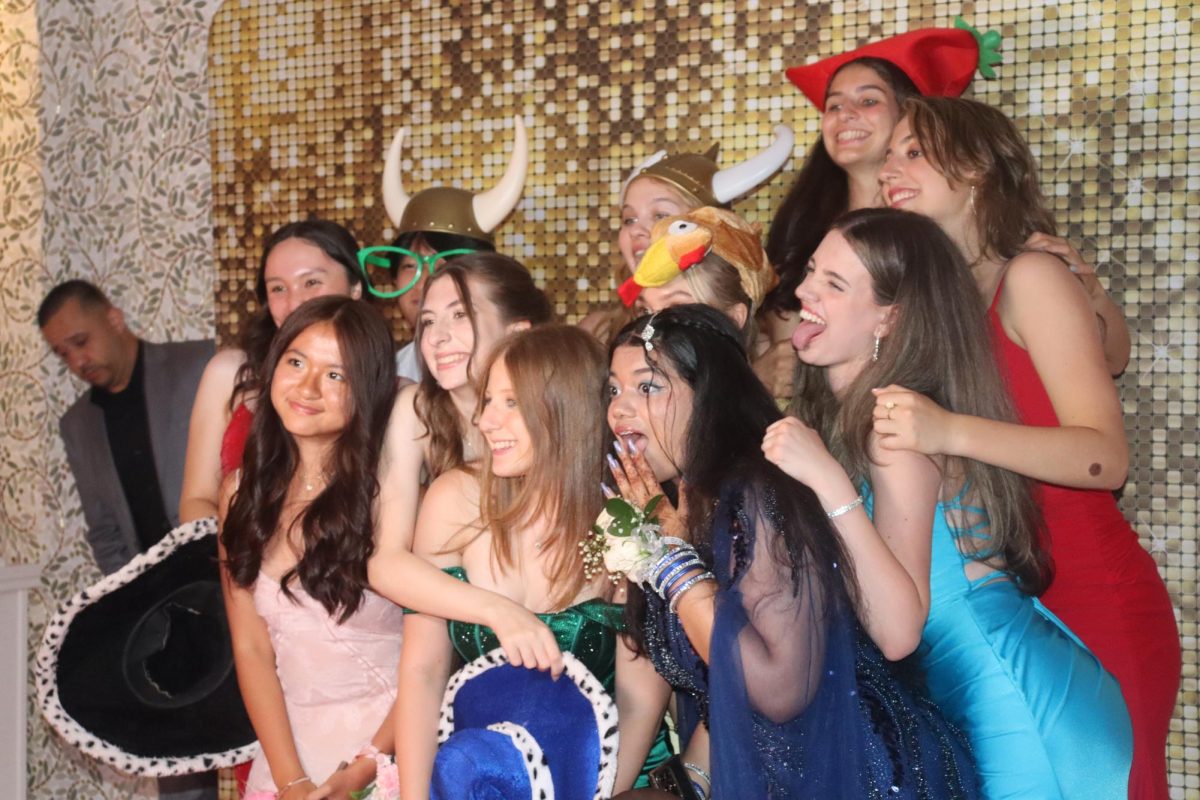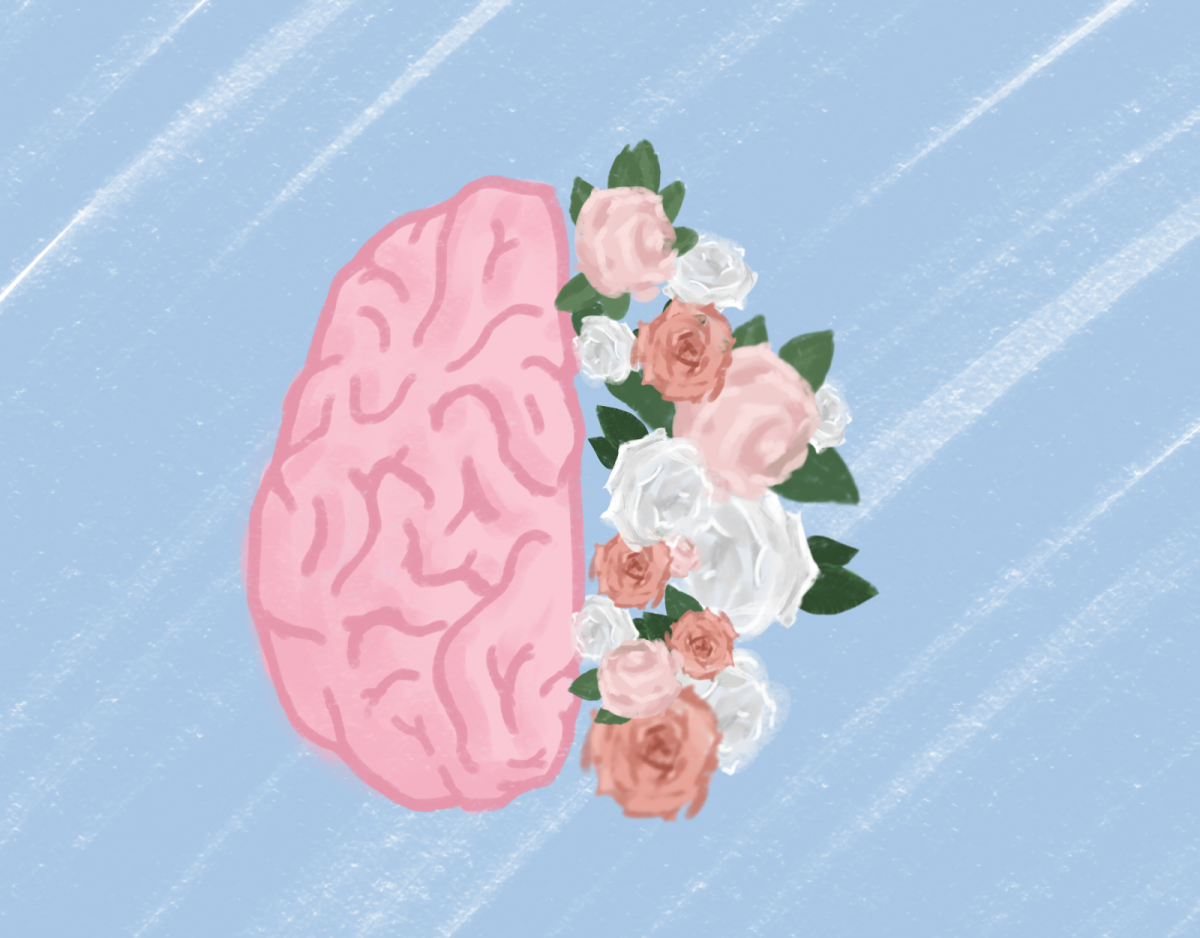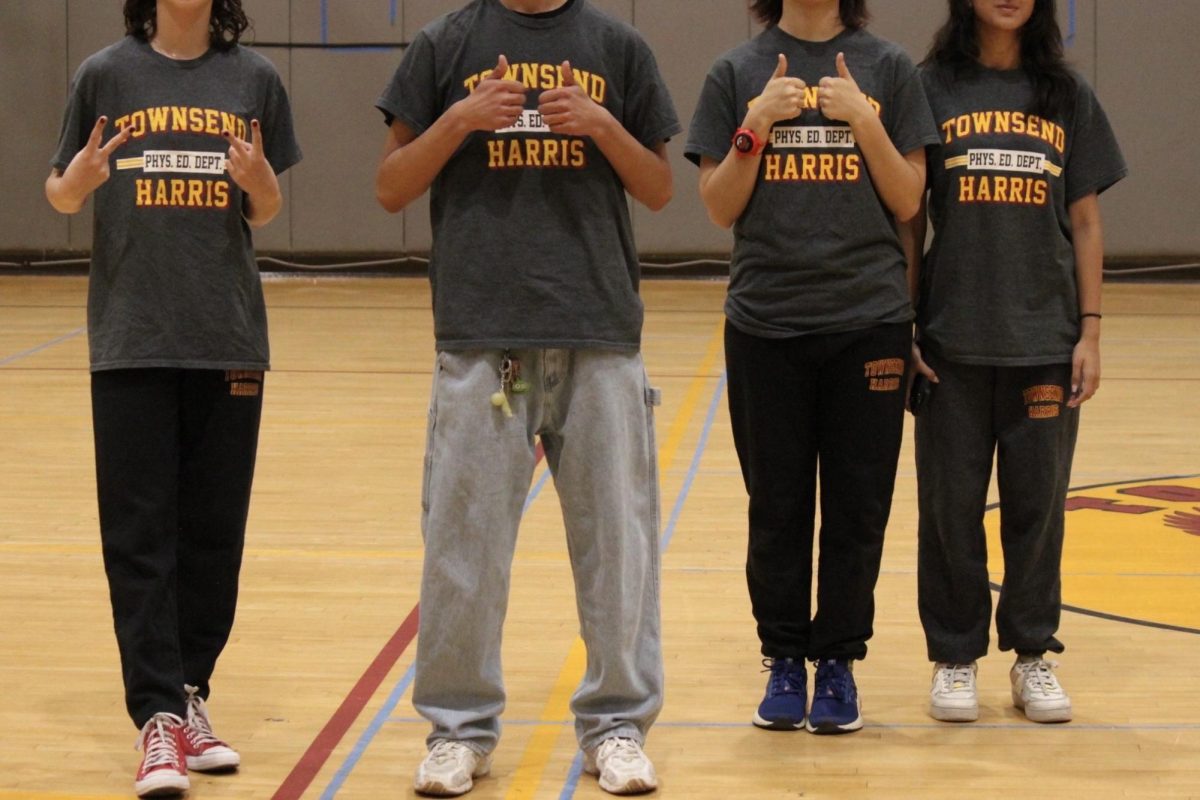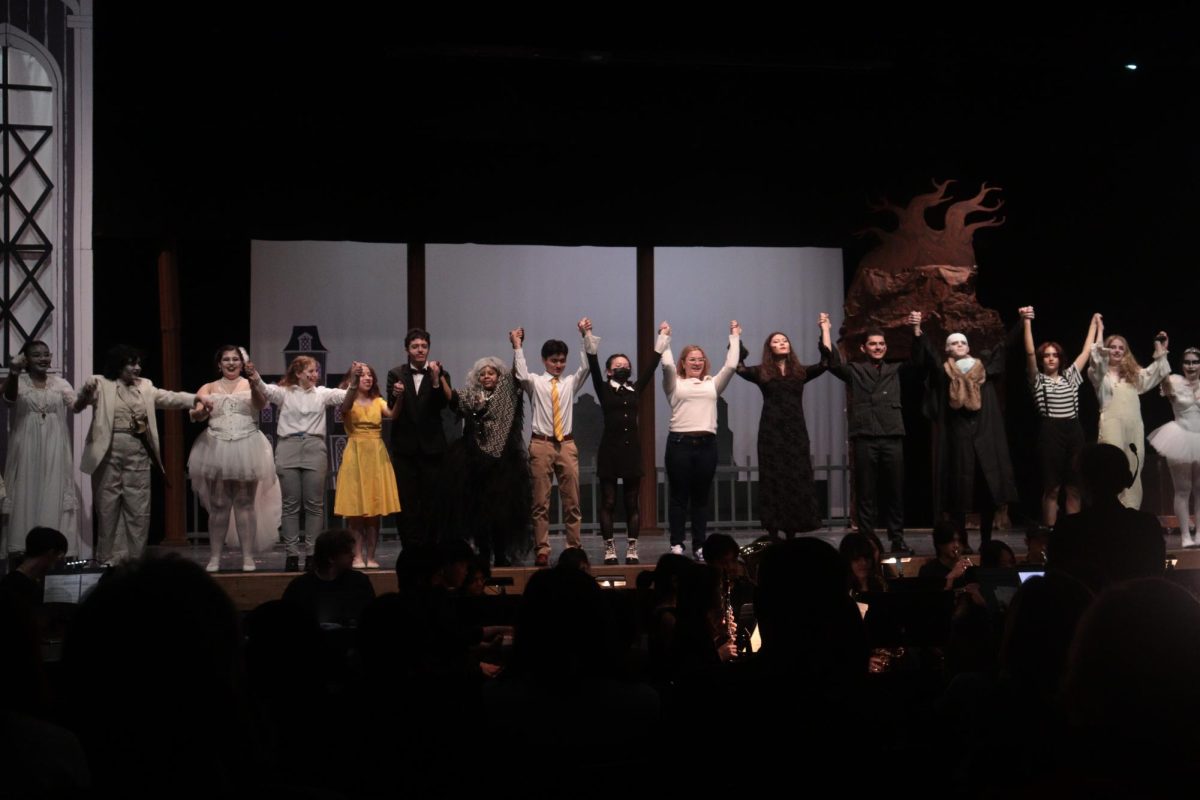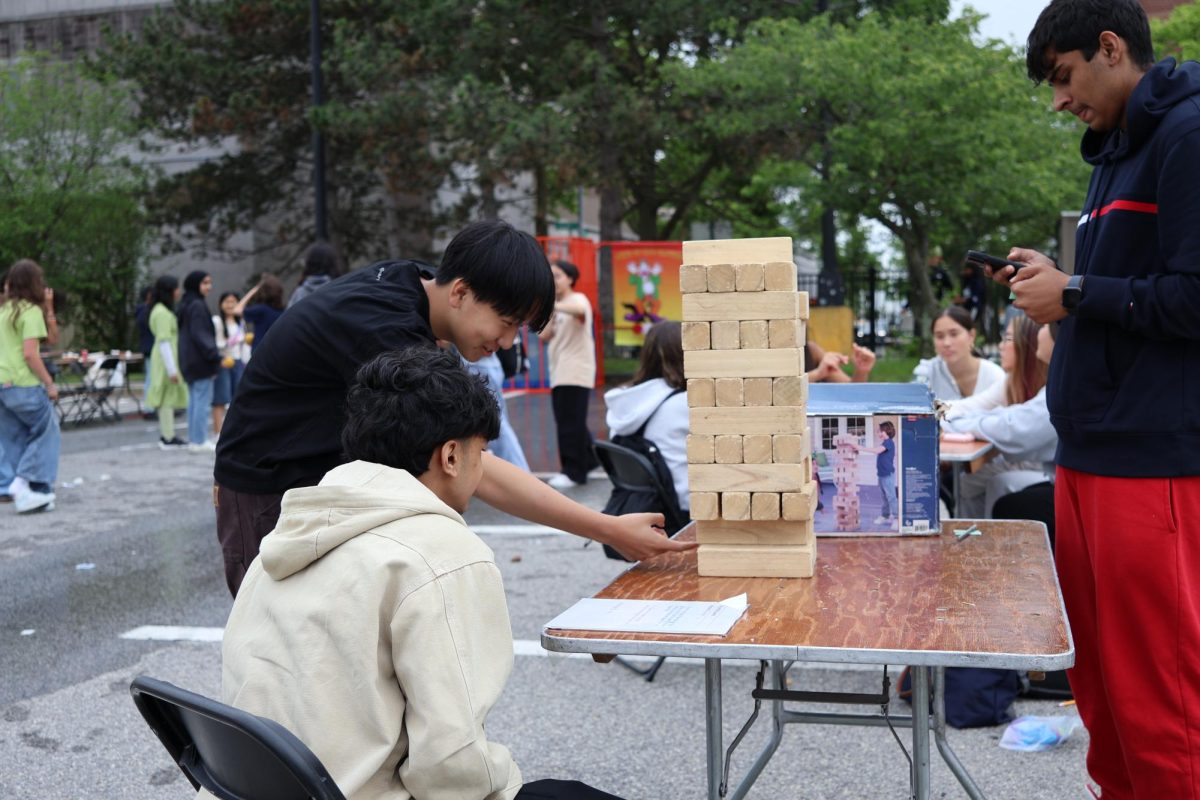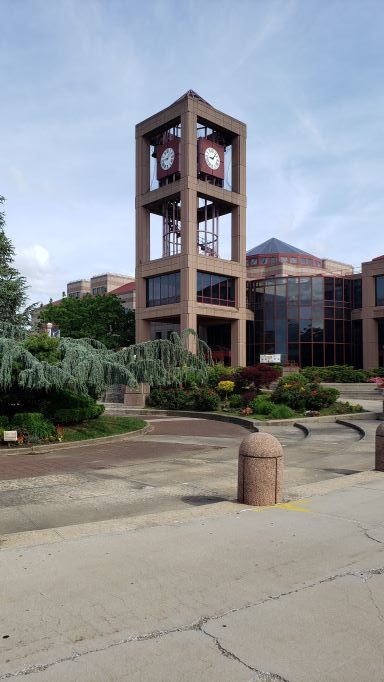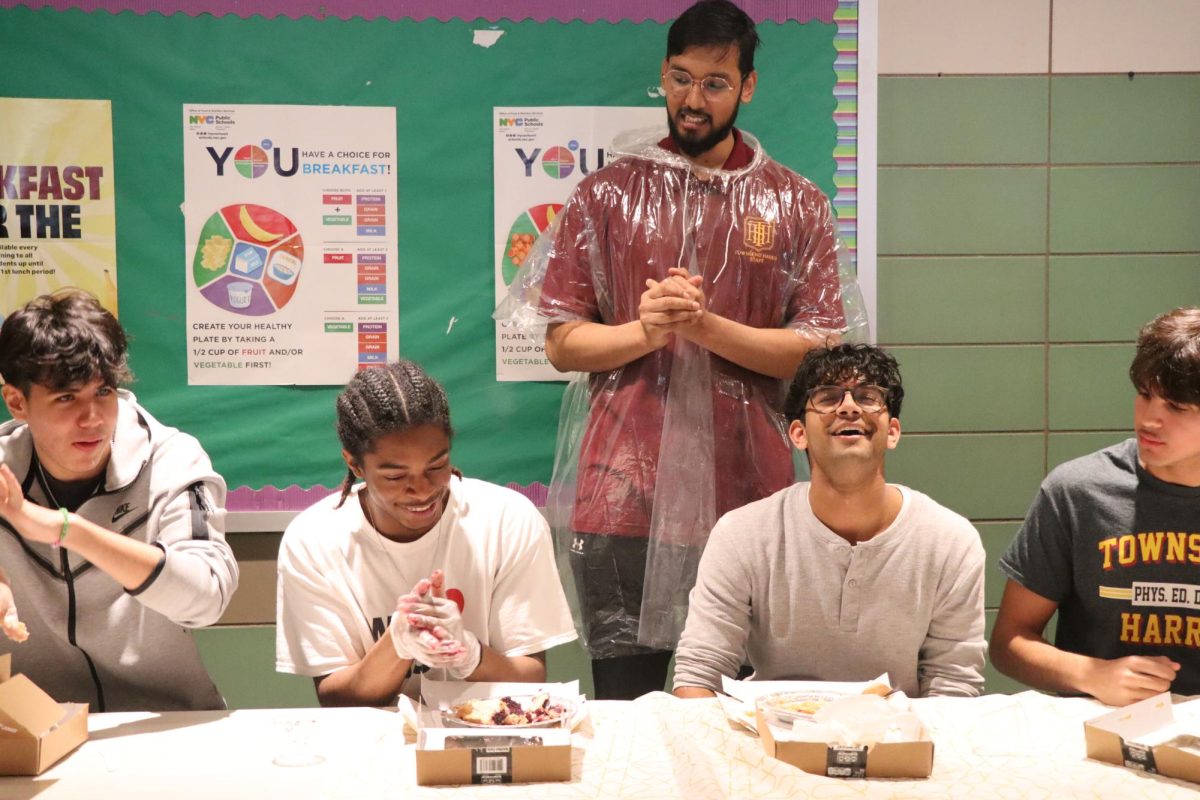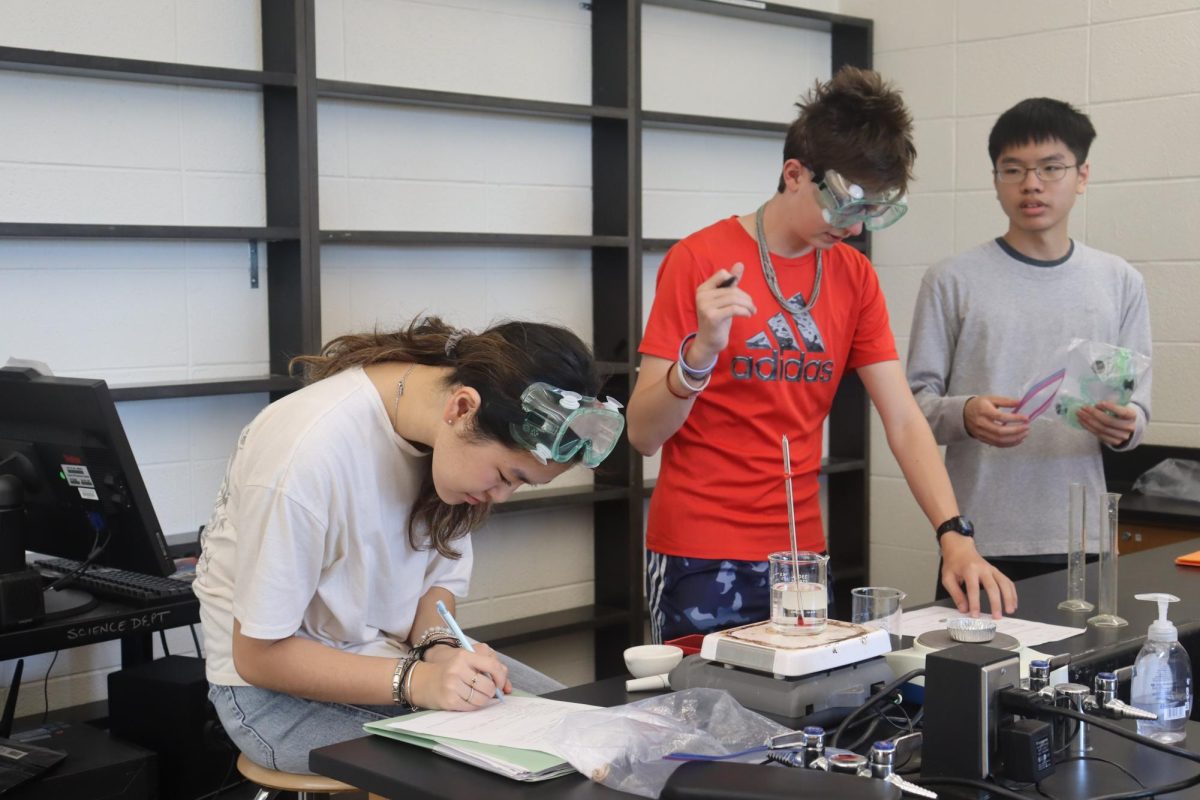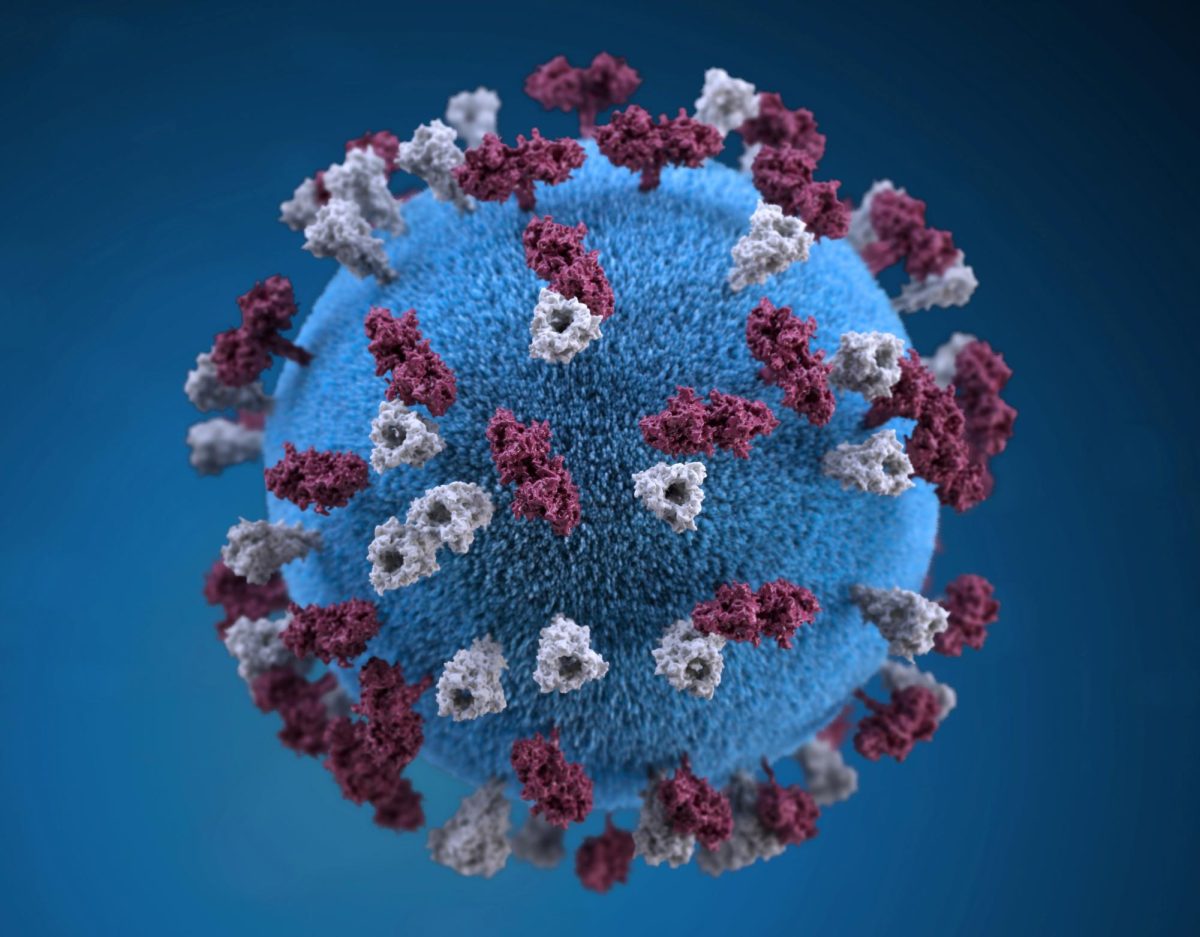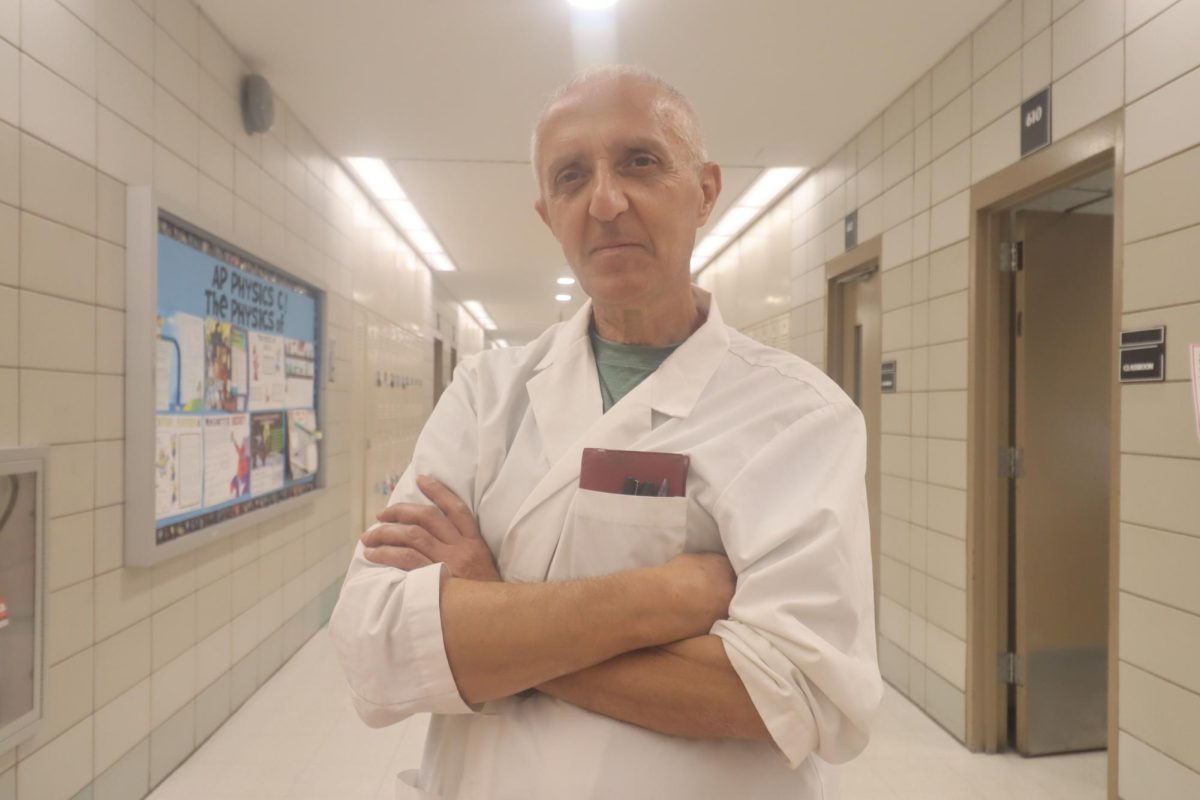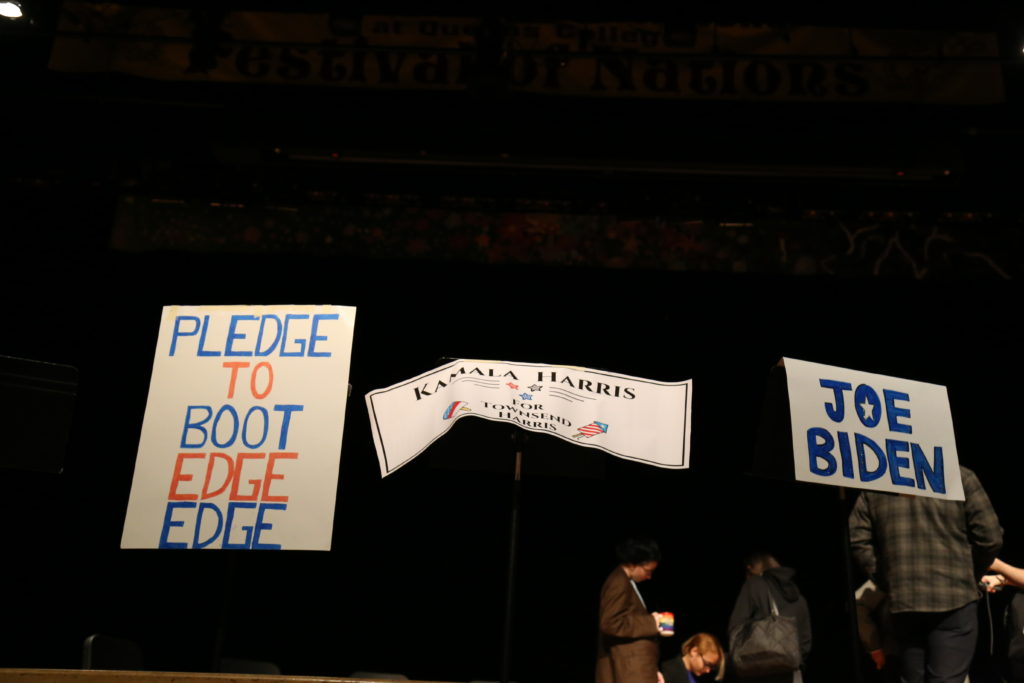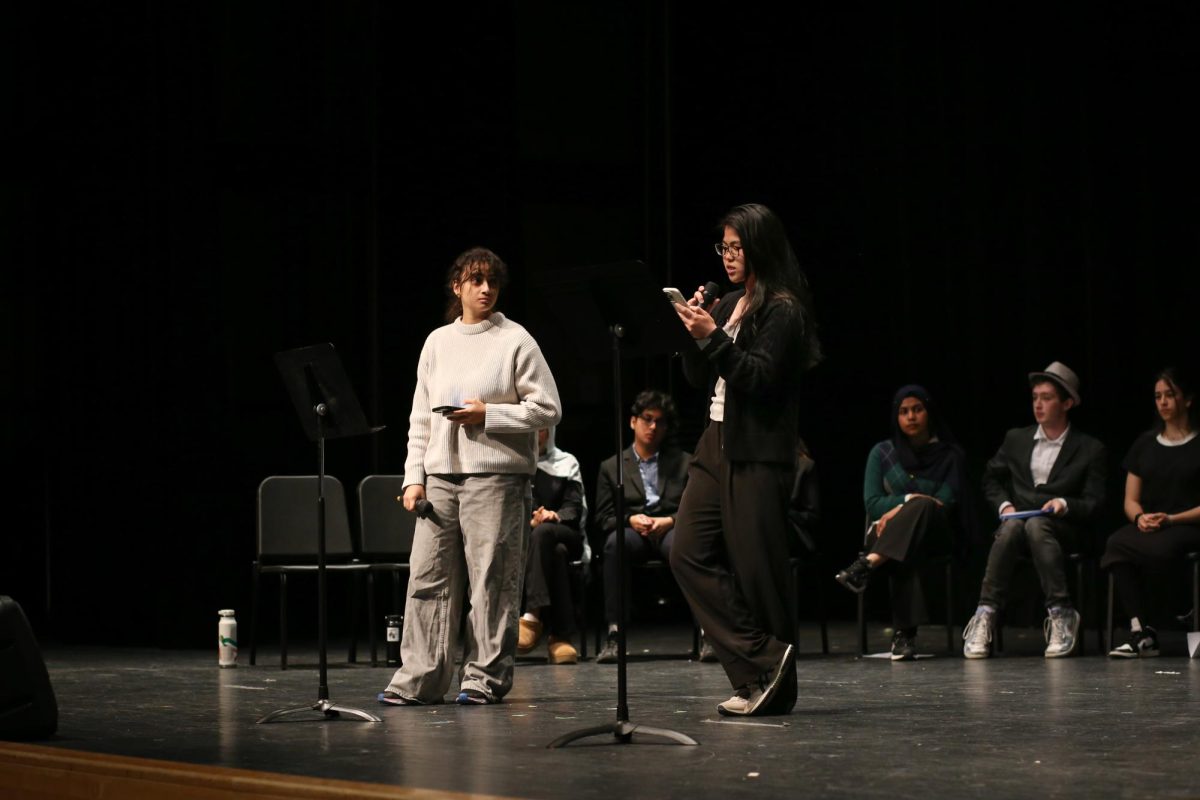
This year’s election simulation debate took place on Tuesday, October 29 in the auditorium during 4th band. Following weeks of campaigning through posters, bake sales, social media, classroom visits, and more, the debate was a final opportunity for candidates to appeal to student voters before the upcoming Election Simulation vote.
During the debate, candidates were given 30 seconds for an opening and closing statement, one minute to answer each question, and one minute for a rebuttal. In this time, candidates spoke to their positions on college tuition fees, taxes, minimum wage, healthcare, climate change, and foreign policy.
“Voters [got] an important in-depth view of each candidate, and it [was] a good chance to make an informed decision,” said senior Daniel Cohen, representing Republican candidate Mark Sanford. “I wanted voters to know that I put America first.”
“I’m very straightforward and I make my policies very clear,” said senior Togay Atmaca, as current President Donald Trump. “I speak for America, and I won’t lie like other politicians will. This debate is targeted to voters on the fence. I want[ed] them to see that I am not only the most well-spoken candidate, but also the most talented.”
True to Trump’s character, Togay drew the crowd’s attention as he glided onto the stage to meet his opponents on a hoverboard. “It had no political relevance, but it did shine a spotlight on him for the rest of the debate. Although not presidential, his entrance was amusing,” commented junior Ana Karen Hernandez Rojas.
As such, the event further elucidated both the candidates’ policies and personalities to help students cast well-informed votes.
“I was able to hear about how they are planning to implement these improvements in terms of a realistic perspective, said junior Bianca Maldonado. “For example, I noticed that the Democratic candidates wanted to focus on climate change and figured they could reenact the Green Act to combat it.”
Some students also observed that major issues such as healthcare especially divided the candidates, sparking disputes even between candidates of the same political parties.
“There appeared to be a misunderstanding amongst Elizabeth Warren and Joe Biden,” said Ana. “Joe Biden seemed to deviate from ‘Medicare for all’ and expand upon an improved new plan, while Senator Warren wished to continue ‘Medicare for all.’ Warren’s plan aligned with Bernie Sanders’ ideals as well, and thus it surprised me to see a schism amongst the Democratic party.”
The debate also caused some students to reevaluate their stance on certain candidates.
“It changed my opinion of Pete because he was a good public speaker and included many good and personal points that many could relate to,” said junior Amanda Grivej.
“My opinion on Pete changed since during the debate; he was able to keep a calm composure while delivering and making sure that his motives are clear to everybody,” agreed freshman Ruby Zheng. “He also talked about topics that the other candidates failed to mention.”
On the other hand, others felt that the debate helped to reinforce their views of the candidates and political parties. “Before the election simulation I had never heard about Kamala Harris, but I’ve come to know so much about her because she supports Never Again MSD, which is my interest group. Regardless, I would have voted Democrat from the beginning, but learning about their policies at the debate made me even more certain about my vote,” reflected senior Yasmin Hasan.
Freshman Anna Kim, who saw the election simulation debate for the first time this year, said, “Since students these days don’t have much interest in politics, this showed us some real-life issues we probably would’ve never learned on our own.”
“The debate allows students to truly take a comparative approach in order to determine which candidates’ views align with their views the most and also to compare the ability of the candidates to speak under pressure in a debate whose topics and questions they do not have control over,” added Election Simulation Coordinator Nicole Gleizer. “All of this will allow students to begin picking their own top runners in order to ultimately narrow down who to vote for.”
Students who registered can vote on November 12, the final day of the Election Simulation.

